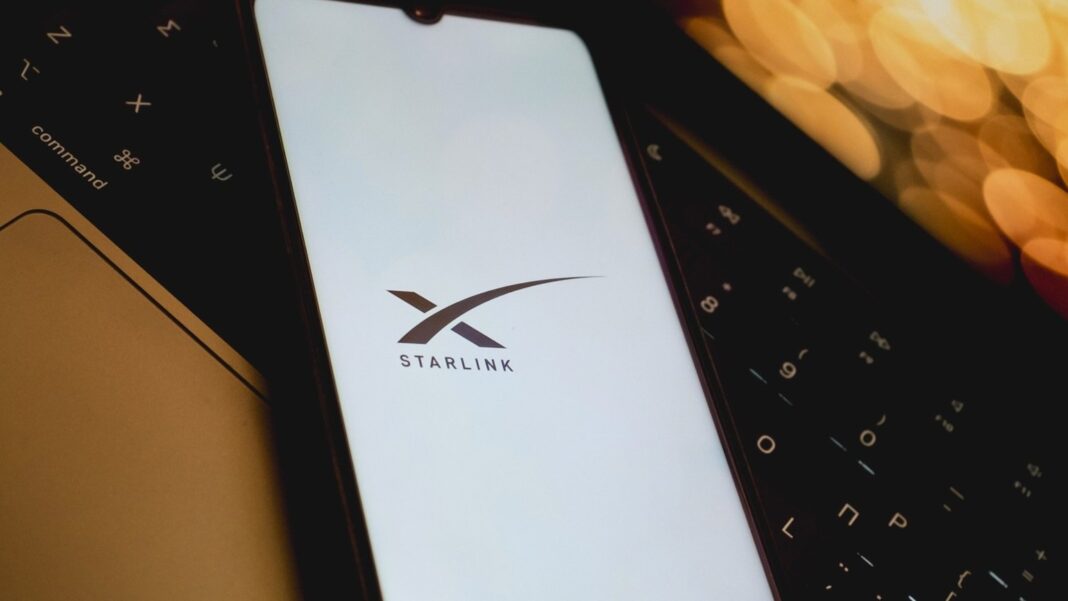SpaceX’s upcoming cellular Starlink service won’t always need a clear view of the sky to receive a signal. The satellites can communicate with a phone even while it’s in your pocket, according to Ben Longmier, a SpaceX senior director for satellite engineering.
Longmier has been testing SpaceX’s direct-to-cell Starlink service, which the company already confirmed works inside. On Sunday, Longmier elaborated in a tweet, saying: “I do most of my testing inside and my dinner table. It’s near a window.”
“SpaceX DTC [direct to cell] also works in a pocket facing away from the [satellite] and inside a Tesla. I really thought the human body would attenuate more signal,” he added.
This Tweet is currently unavailable. It might be loading or has been removed.
The statement offers a glimpse of the potential capabilities of cellular Starlink satellites, which will first support text messages before powering voice calls and internet downloads. SpaceX is developing the technology to help mobile carriers provide coverage in cellular dead zones, which are often located in remote areas.
The company is still waiting for the FCC to clear the cellular Starlink service for commercial operations. In the meantime, the agency gave SpaceX emergency approval to use the cellular Starlink satellites for text messaging to help hurricane victims, resulting in “hundreds of thousands” of messages delivered, according to T-Mobile’s CEO.
SpaceX has only been offering emergency SMS messaging for hurricane victims on a “best effort basis” since the company still needs to launch more satellites to improve coverage. In a separate tweet, Longmier said SpaceX was able to “turn on emergency SMS for Hurricane Milton affected areas in under 24 hrs.”
“In the future, I think we can get that down to tens of minutes of reaction time for any area on Earth from 58 deg N to 58 deg S latitudes,” he added.
Recommended by Our Editors
Other tests from the company show the cellular Starlink service can deliver download rates at 17Mbps. But it looks like it’ll take a while for SpaceX to roll out the capability to users. In the same tweet, Longmier noted that cellular Starlink will first support “near continuous light data” in 2025 for mobile phones before offering continuous broadband and voice support “later on.”
To unleash the full capabilities of cellular Starlink service, SpaceX has been urging the FCC to grant a waiver for it to exceed normal radio emission limits for the satellite technology. If the waiver is denied, the service risks losing real-time voice and video calling capabilities, the company told the commission last month. However, several telecommunication firms, including AT&T and Verizon, have been lobbying the FCC to deny the waiver over concerns the cellular Starlink satellites will generate radio interference with their own networks.
Like What You’re Reading?
Sign up for Fully Mobilized newsletter to get our top mobile tech stories delivered right to your inbox.
This newsletter may contain advertising, deals, or affiliate links. Subscribing to a newsletter indicates your consent to our Terms of Use and Privacy Policy. You may unsubscribe from the newsletters at any time.
About Michael Kan
Senior Reporter








